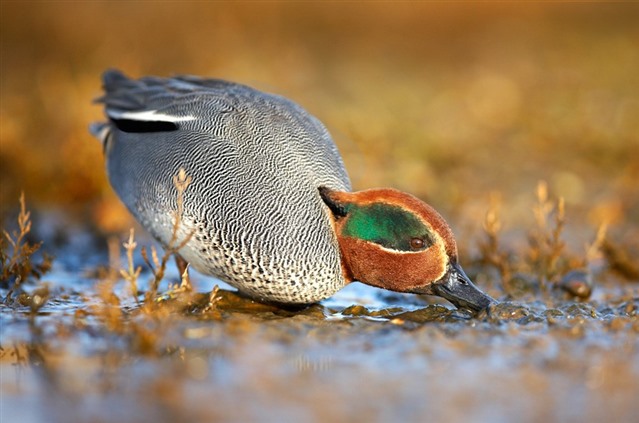
The arrival of birds for the winter season is now well under way, with further increases in wildfowl, winter waders and other species typical of this time of year.
Numbers of wigeon and teal (photo by Steve Knell, RSPB images) have steadily built up around the estuary and lagoons and these have been joined by other wintering wildfowl including a female pintail on 26/9 to 27/9, up to two pochard, five shoveler and several…